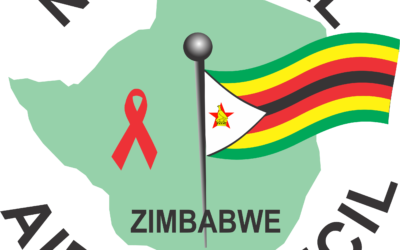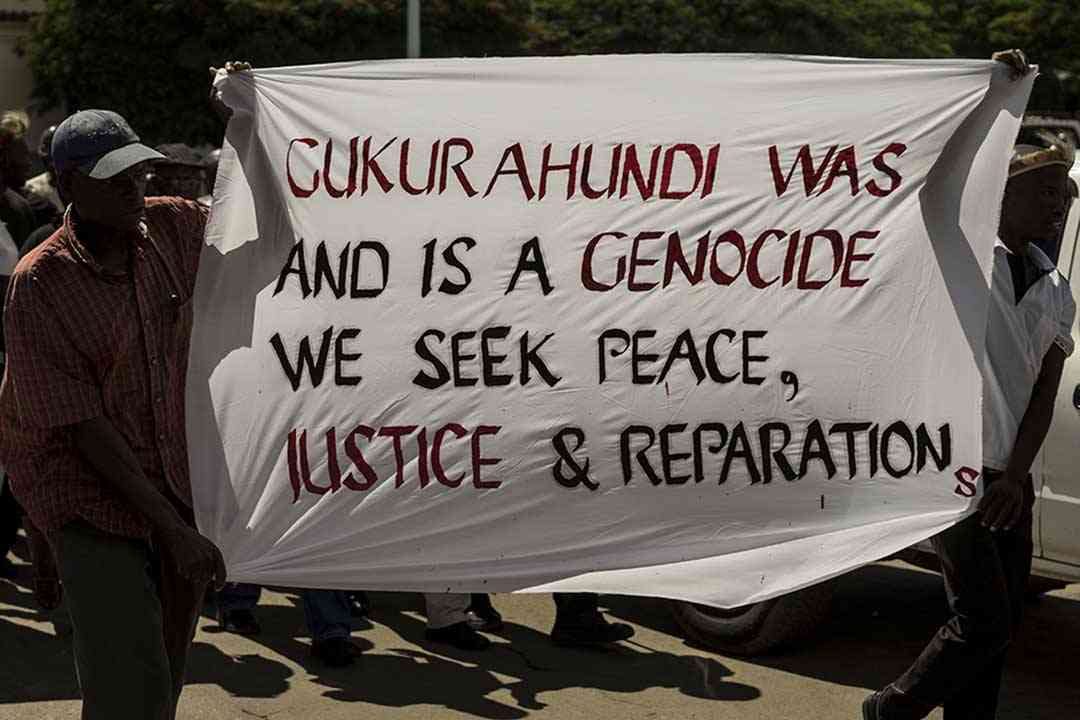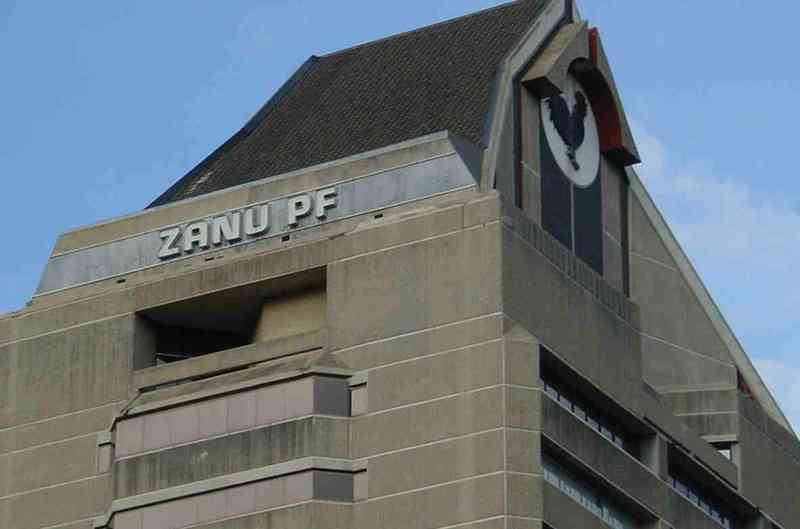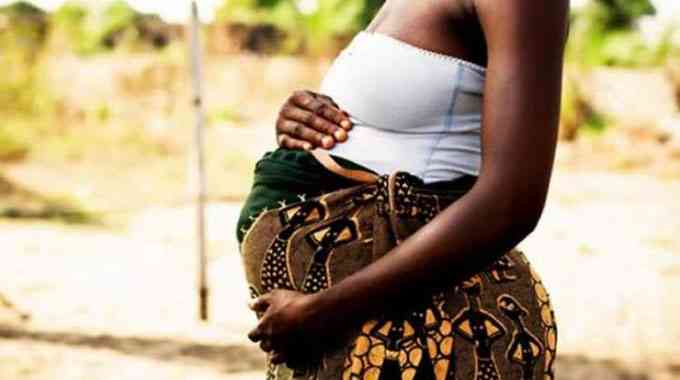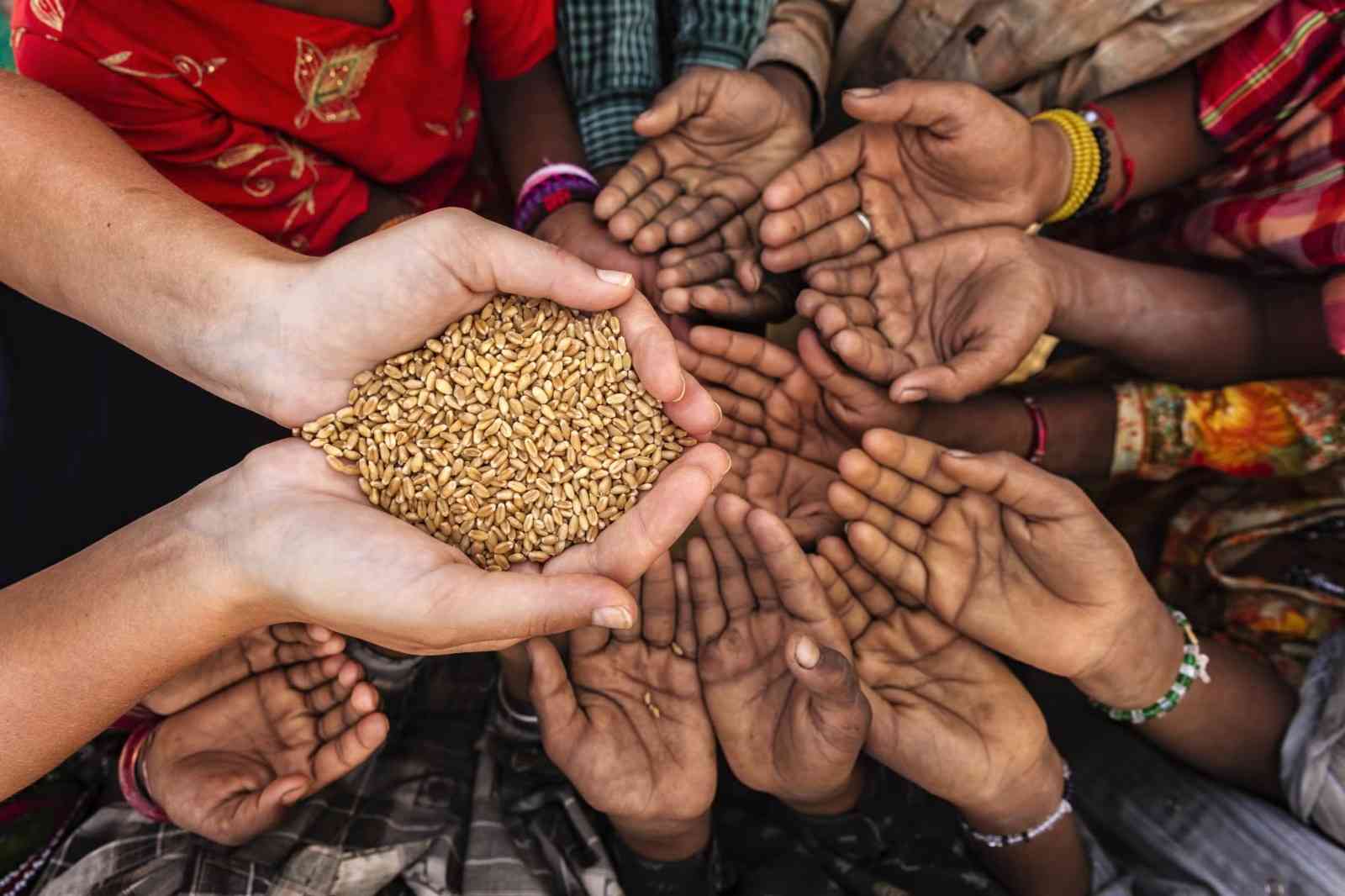
AROUND 3,5 million children have been impacted by the El Niño-induced drought being experienced in Zimbabwe, one of the worst in 40 years.
The drought has left an estimated 50% (7,6 million people) of approximately 16 million people in dire need of humanitarian assistance.
“Out of the 7,6 million people, 5,9 million live in rural areas and 1,7 million live in urban and peri-urban areas and the impact of the drought will continue during the peak hunger period of January to March 2025,” a Unicef report titled Multi-hazard Situation End-Year Report (January-December 2024) released on Wednesday read.
“The projected food-insecure population during the 2025 peak hunger period is expected to double compared to the food-insecure population during the 2024 peak hunger period, up from 4,1 million people in 2024 to 7,6 million people in 2025 (Zimbabwe Livelihoods Assessment Committee (ZimLAC) 2023 and 2024).”
The report said drought, triggered by the El Niño weather phenomenon, had resulted in widespread crop failures, depleted water resources and pasture degradation.
The consequences are far-reaching, with food insecurity, malnutrition and disease outbreaks on the rise.
“The El Niño-induced drought compounded humanitarian consequences on food security, nutrition, health, water sanitation and hygiene, education, social protection, shelter, agriculture, energy, infrastructure and cross-cutting issues including gender inequality and child rights violation.”
The report also highlighted a significant increase in food insecurity, from 26% to 57%, particularly in rural areas.
- Mr President, you missed the opportunity to be the veritable voice of conscience
- ED to commission new-look border post
- Zanu PF ready for congress
- EU slams Zim over delayed reforms
Keep Reading
“The impact of the El Niño drought continued to worsen up to early 2025, leading to increased moderate and life-threatening severe malnutrition, disease outbreaks and health issues among children,” it read.
“Food insecurity has exacerbated poverty, vulnerability and risks of school dropouts, gender-based violence and exploitation of children.”
According to Unicef, there is an urgent need to provide humanitarian needs and necessary support to alleviate the suffering of the most affected populations and to mitigate the effects of drought.
President Emmerson Mnangagwa last year declared the drought a national disaster and appealed for US$3 billion in humanitarian assistance.
During the same period, Unicef Zimbabwe also launched a Humanitarian Action for Children appeal for US$26,8 million to address the urgent humanitarian needs of affected populations.

